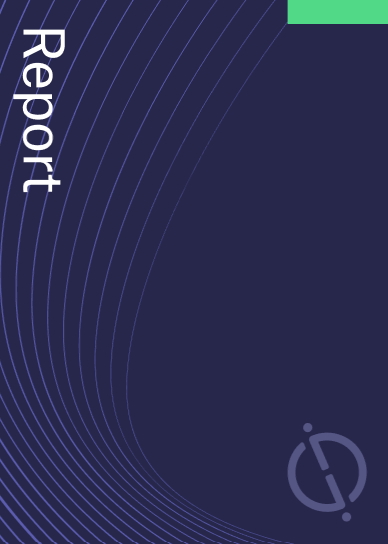Idemitsu Kosan had 30 patents in batteries during Q3 2023. Idemitsu Kosan Co Ltd has filed patents for methods of producing lithium halide compounds with low water content, a solid electrolyte production method using fluidized drying, and a sulfide solid electrolyte with adjustable morphology. These methods aim to improve efficiency, reduce costs, and enhance the performance of electrolyte materials in various applications. GlobalData’s report on Idemitsu Kosan gives a 360-degreee view of the company including its patenting strategy. Buy the report here.
Idemitsu Kosan grant share with batteries as a theme is 30% in Q3 2023. Grant share is based on the ratio of number of grants to total number of patents.
Recent Patents
Application: Method for producing lithium halide compound (Patent ID: US20230242408A1)
The patent filed by Idemitsu Kosan Co Ltd. describes a method for producing lithium halide compounds, specifically lithium bromide and lithium iodide, with low water content and high reaction efficiency. The method involves mixing lithium sulfide, a halogen molecule (either bromine or iodine), and a first solvent. The first solvent is a solvent that dissolves a lithium halide containing the same halogen element as the halogen molecule. The first solvent is then removed, resulting in the production of the desired lithium halide compound.
The patent claims provide additional details and variations of the method. Claim 2 states that the method can involve mixing the lithium sulfide, halogen molecule, and a second solvent, followed by the addition and mixing of the first solvent. The second solvent is a solvent that does not dissolve the lithium halide containing the same halogen element as the halogen molecule. The second solvent is then removed.
Claim 3 specifies that the lithium halide compound produced can be a lithium halide complex. Claim 4 states that the first solvent should have a solubility of lithium bromide and lithium iodide of 1 g/L or more, while claim 5 states that the second solvent should have a solubility of lithium bromide and lithium iodide of less than 1 g/L.
Claim 6 introduces the step of washing and removing a sulfur molecule, which can be done using a third solvent. Claim 7 specifies that the third solvent is used in the washing and removing process. Claim 8 states that the third solvent can be removed through filtration or heating under reduced pressure.
Claims 9 and 10 describe the characteristics of the first and second solvents, respectively. The first solvent is an aprotic solvent with functional groups such as ester, ether, or amino groups. The second solvent can be an aromatic or aliphatic hydrocarbon.
Claims 11 and 12 specify that the second and third solvents, respectively, have certain boiling points and solubility characteristics. Claim 13 states that the third solvent can also be an aromatic or aliphatic hydrocarbon. Finally, claim 14 mentions that the second and third solvents can be the same.
In summary, the patent describes a method for producing lithium halide compounds with low water content and high reaction efficiency by mixing lithium sulfide, a halogen molecule, and solvents, and subsequently removing the solvents. The claims provide additional details and variations of the method, including the use of different solvents, the production of lithium halide complexes, and the washing and removal of sulfur molecules.
To know more about GlobalData’s detailed insights on Idemitsu Kosan, buy the report here.
Data Insights
From

The gold standard of business intelligence.
Blending expert knowledge with cutting-edge technology, GlobalData’s unrivalled proprietary data will enable you to decode what’s happening in your market. You can make better informed decisions and gain a future-proof advantage over your competitors.






